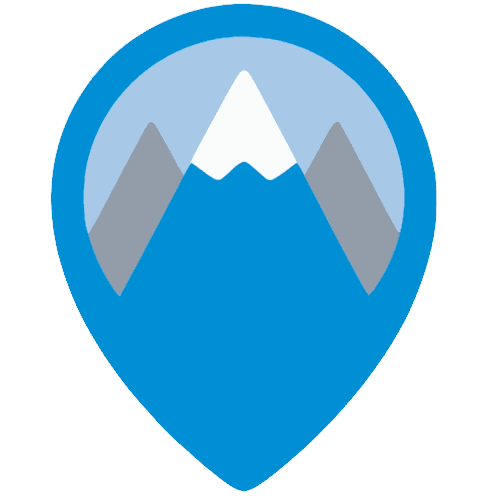How to Parallel Ski: Master the Essential Technique
October 9, 2025 | Skiing Technique
If you’ve ever admired experienced skiers gliding effortlessly down a slope, both skis perfectly aligned, you’ve seen parallel skiing in action. It’s one of the most important milestones for anyone learning to ski. Whether you’re progressing from the snowplough or refining your parallel ski technique, mastering this skill gives you greater control, balance, and confidence on the mountain.
In this detailed guide by Find a Ski School, we’ll walk you through everything you need to know about how to parallel ski, including body position, turns, drills, and improvement tips designed especially for beginners.
What Is Parallel Skiing?
Parallel skiing means keeping your skis side by side, or parallel, throughout your turns, rather than forming a wedge or “pizza” shape. It’s the next step after learning to snowplough and the foundation for more advanced skills like carving.
In parallel skiing for beginners, both skis work together to steer and control speed. You’ll rely on balance, smooth edge transitions, and steady movement rather than friction or braking. Once you master it, skiing becomes more fluid and far less tiring.
1. Getting the Correct Ski Stance
Before learning to turn, you must start with the right ski stance. Your stance determines your balance, reaction time, and overall control.
Here’s what proper body position skiing should look like:
- Knees slightly bent
- Hips centred over your boots
- Back straight but relaxed
- Hands forward, poles angled slightly backwards
This balanced, athletic position helps you absorb bumps and adapt easily to changes in terrain.
Want to perfect your stance and turns faster? Book a professional ski lesson today with Find a Ski School and learn from certified instructors across top resorts!
2. How to Parallel Turn Ski: Step-by-Step Guide
Parallel turning is at the heart of good skiing. Here’s a simple method for mastering parallel turns skiing:
Step 1: Choose a gentle slope
Start on an easy, wide slope where you feel comfortable controlling your speed. Avoid steep runs until your technique feels natural.
Step 2: Shift your weight
As you begin your turn, gently shift your weight onto your downhill ski (the one lower on the slope). This weight transfer helps initiate the turn smoothly.
Step 3: Guide with your edges
Use the edges of both skis to steer the direction. Keep your skis parallel throughout, no wedge shapes!
Step 4: Face downhill
Keep your upper body facing downhill even while your legs and skis turn. This ensures flow and balance.
Step 5: Link your turns
Once you’ve completed a turn, transfer your weight to the opposite ski and start the next. Linking turns rhythmically is key to controlled, confident skiing.
Repeat these steps regularly, and you’ll notice immediate improvement in your form and stability.
3. How to Control Speed While Skiing
Controlling your speed can be tricky for beginners learning parallel turns. Follow these tips to control speed while skiing without relying on a snowplough:
- Make wider, slower turns to reduce speed naturally.
- Apply even pressure on both ski edges.
- Keep your weight centred, avoid leaning back.
- Maintain rhythm rather than focusing on slowing down abruptly.
Speed control comes from your technique, not from force or fear.
4. Parallel Skiing Drills and Exercises
Drills are an excellent way to build confidence and consistency. Here are some effective parallel skiing drills and parallel ski exercises to try:
Side Slips
On a gentle slope, keep your skis parallel and slide sideways. This helps improve edge control and balance.
Javelin Turns
Lift your inside ski slightly as you turn. It strengthens your outside ski and refines balance.
Garlands
Start a half-turn and return to your original direction without completing it. This drill improves edge engagement and timing.
Incorporating these into your practice will make a huge difference in your parallel skiing performance.
5. How to Improve Parallel Skiing Skills
Once you’ve learnt the basics, it’s time to refine your parallel skiing technique. Here’s how to take your skills to the next level:
- Record yourself skiing to assess your posture and movement.
- Practise shorter, quicker turns to build agility.
- Gradually move to steeper slopes as confidence grows.
- Warm up and stretch before skiing to prevent stiffness.
You’ll soon notice smoother transitions, better edge control, and improved fluidity on every run.
6. Parallel Skiing vs Carving
Though they look similar, parallel skiing vs carving are two distinct techniques:
- Parallel skiing involves sliding and steering your skis through the snow.
- Carving means your skis cut clean arcs using their edges, leaving precise tracks.
Parallel skiing builds the foundation for carving, teaching you essential control and balance first.
7. Learning to Parallel Ski: The Benefits of Lessons
While self-practice is valuable, professional skiing lessons for beginners can greatly speed up your progress. A trained instructor can:
- Correct your stance and turning technique
- Teach balance and slope safety
- Provide drills suited to your ability level
Find trusted ski schools and qualified instructors easily with Find a Ski School, your go-to platform for booking lessons worldwide.
Ready to ski with confidence? Visit us today to connect with expert instructors and start learning to parallel ski like a pro!
FAQs About How to Parallel Ski
Q1: How long does it take to learn to parallel ski?
With consistent practice, most beginners can make basic parallel turns within a few days. Building full confidence often takes one to two weeks.
Q2: What’s the difference between a snowplough and parallel skiing?
The snowplough uses a wedge shape to control speed, while parallel skiing keeps both skis aligned, allowing smoother, faster turns.
Q3: Can I learn parallel skiing without an instructor?
Yes, but a qualified instructor helps correct technique early on, preventing bad habits and accelerating your progress.
Q4: Is parallel skiing harder than carving?
No, parallel skiing is a stepping stone towards carving. Once you’re comfortable with parallel turns, carving comes naturally.
Q5: What equipment is best for beginners learning to parallel ski?
Shorter, more flexible skis are ideal as they’re easier to control and turn.
Final Thoughts
Learning how to parallel ski is one of the most exciting stages in your skiing journey. With the right stance, balance, and steady practice, you’ll glide effortlessly down slopes, both skis moving in perfect harmony.
Whether you’re working on your parallel skiing for beginners skills or refining your form, consistency and guidance are key. With Find a Ski School, you can learn directly from expert instructors who’ll help you progress confidently and safely on the snow.
More Posts
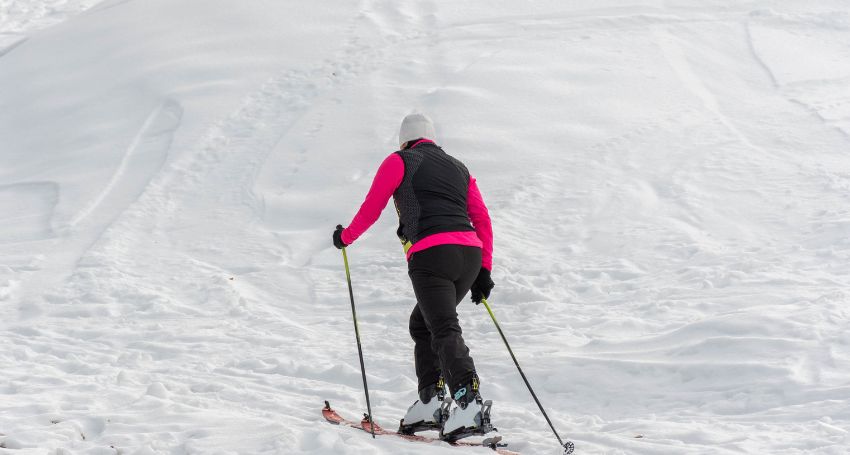
How to Parallel Ski for Beginners: A Complete Step-by-Step Guide
For many novice skiers, mastering how to parallel ski for beginners marks a major milestone...
read More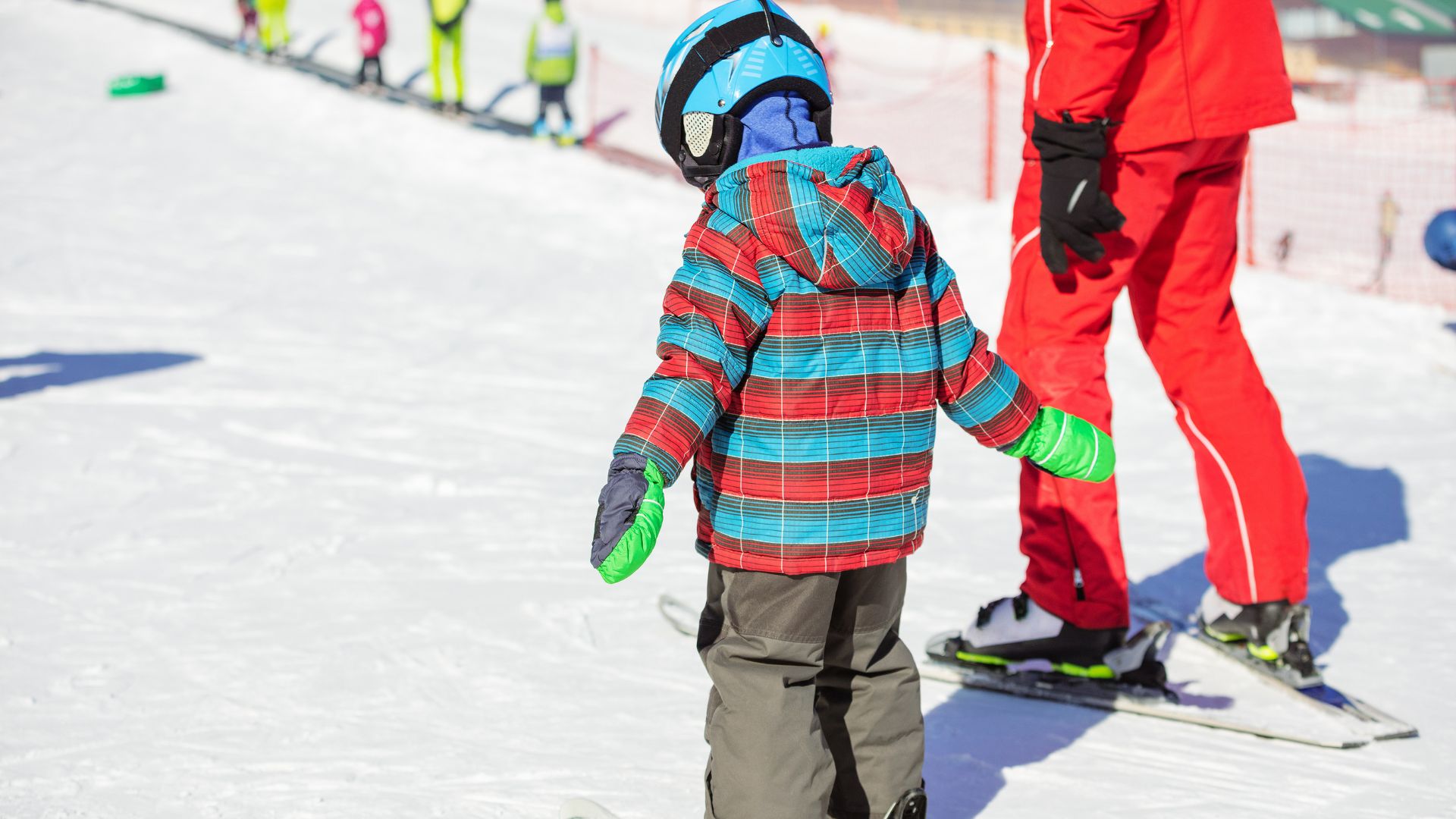
How to Teach Kids to Ski: A Complete Parent’s Guide
Skiing is a magical winter sport that can bring families closer together and create lifelong...
read More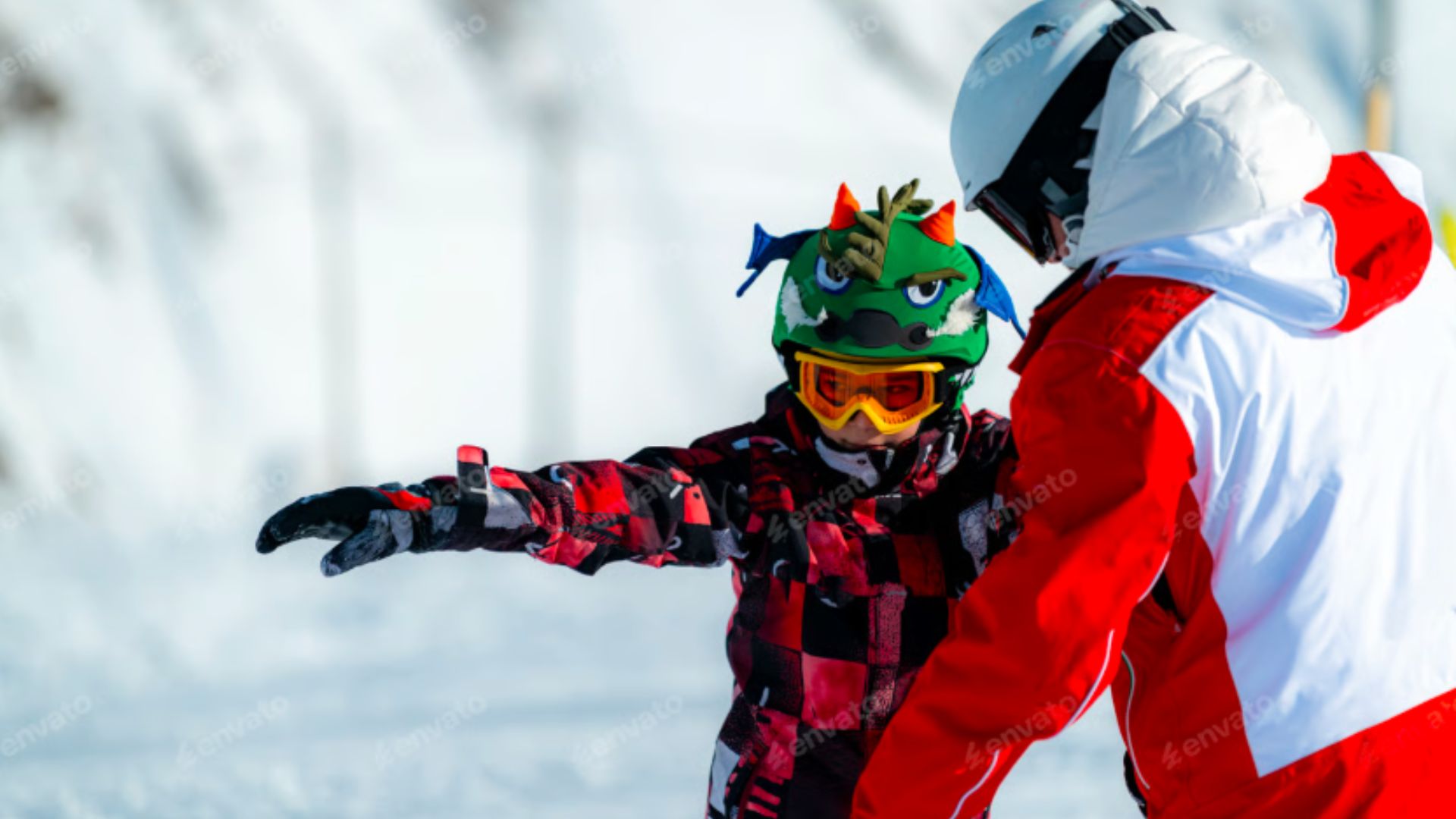
Ski Teaching Techniques: Mastering the Art of Ski Instruction
Teaching skiing is more than guiding someone down a slope—it’s about using ski teaching techniques...
read More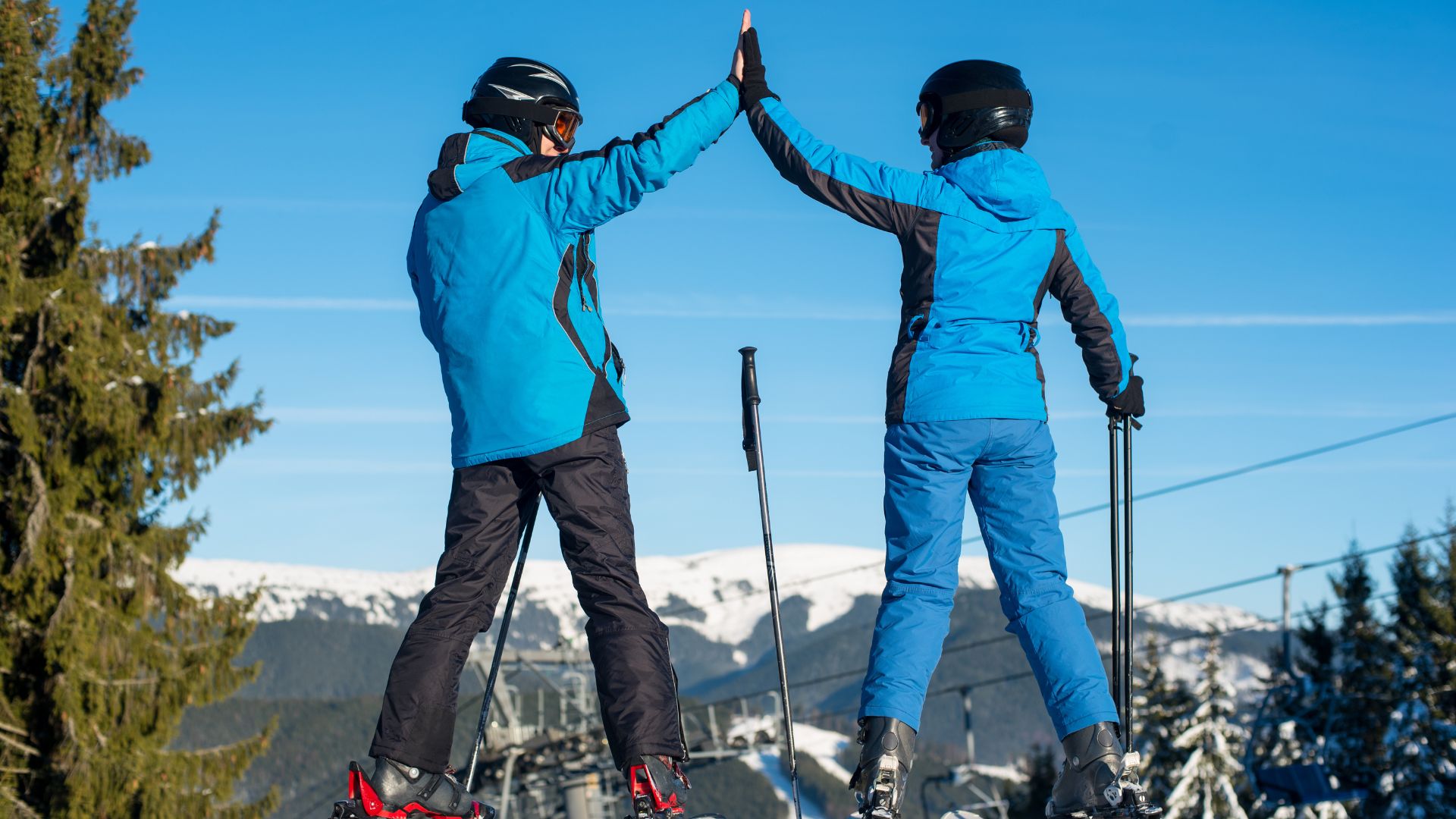
How to Become a Private Ski Instructor and Build Your Career on the Slopes
If you’ve ever dreamed of turning your passion for skiing into a career, you’ve probably...
read More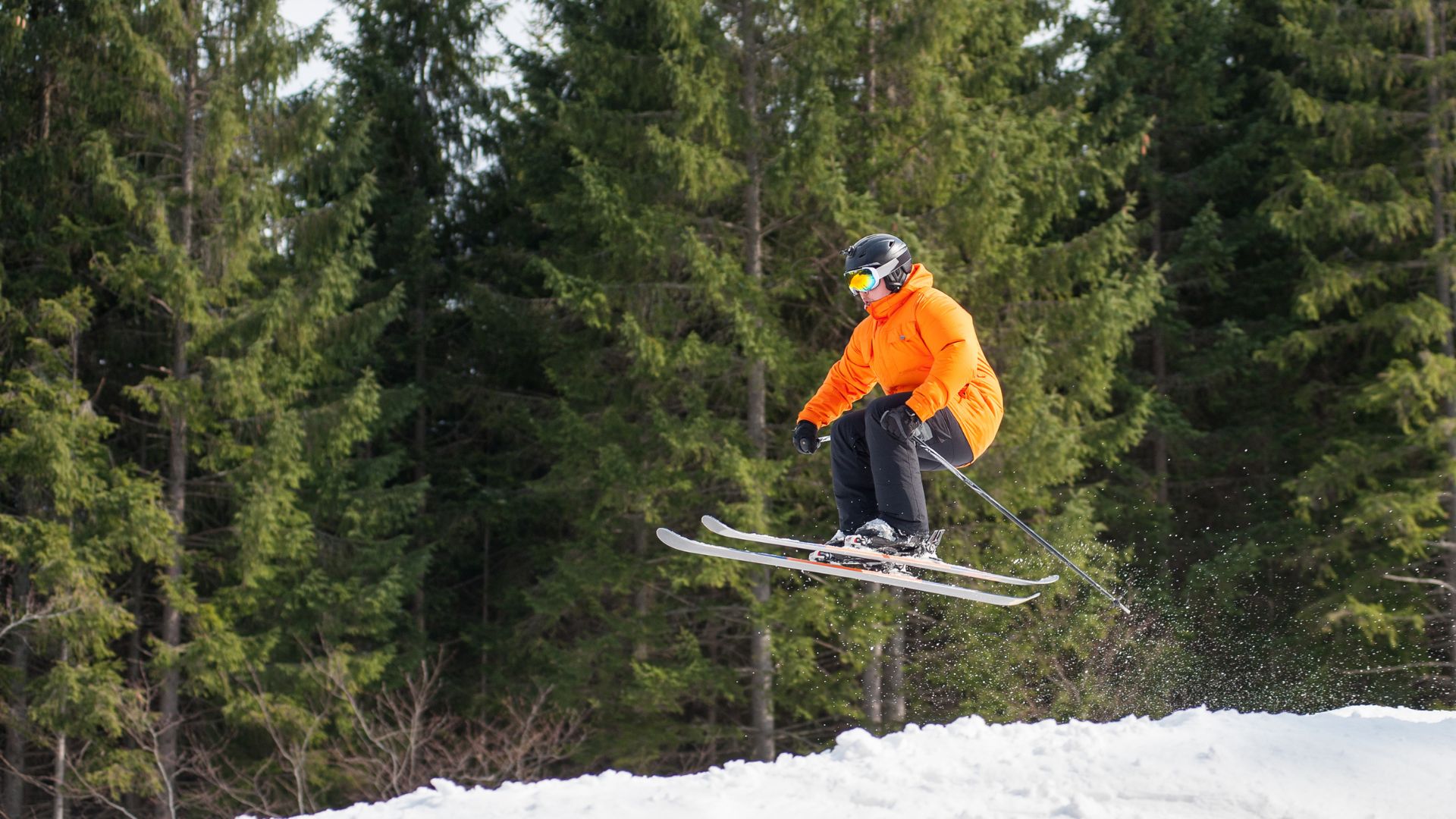
Where Can I Learn to Ski Jump: Lessons, Schools, and Tips
If you’ve ever watched athletes soar gracefully off a ski jump and wondered, where can...
read More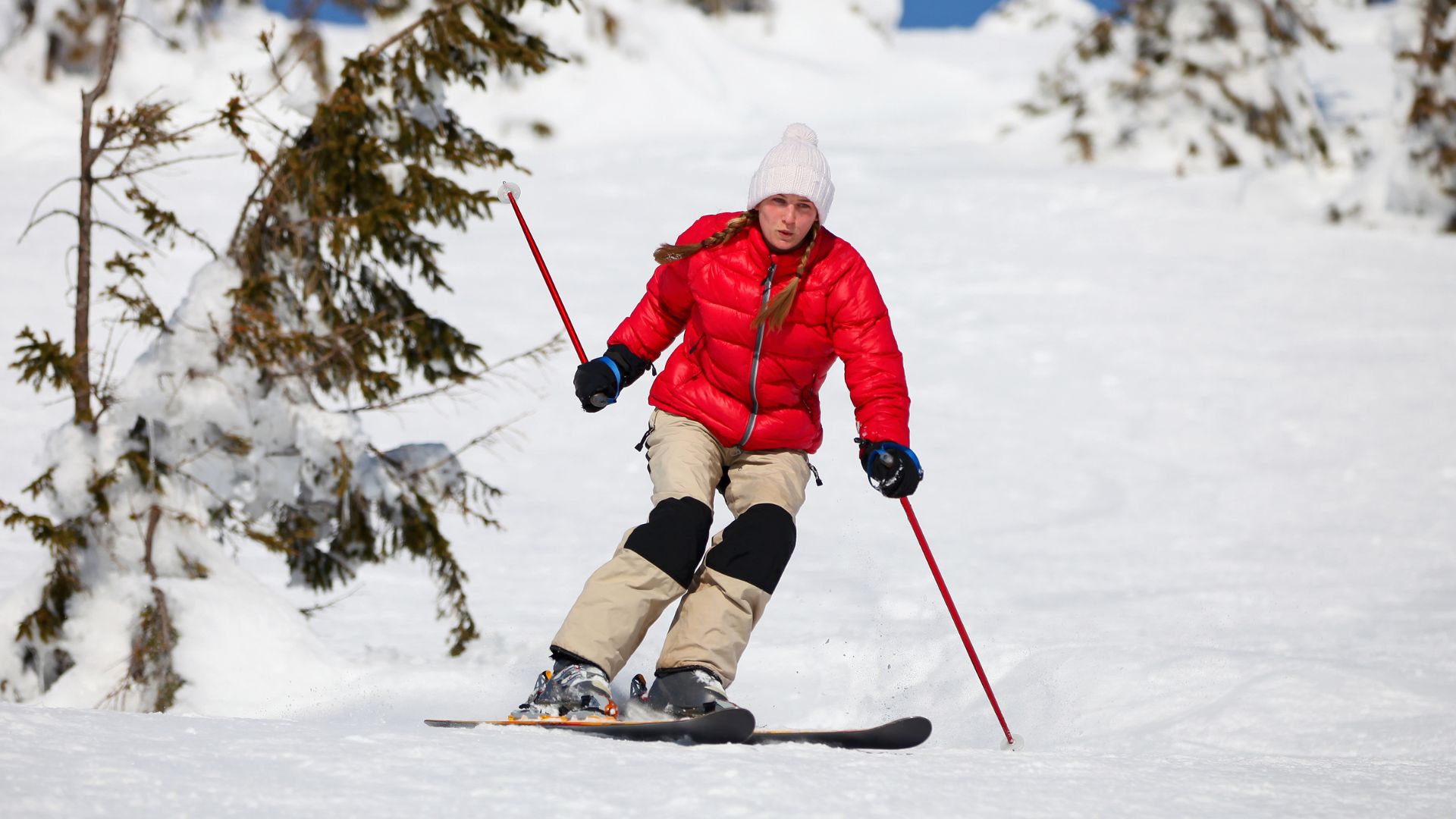
Skiing Safety Tips for Beginners: A Complete Guide to Staying Safe on the Slopes
If you’re new to skiing, the excitement of hitting the slopes can quickly turn overwhelming...
read More